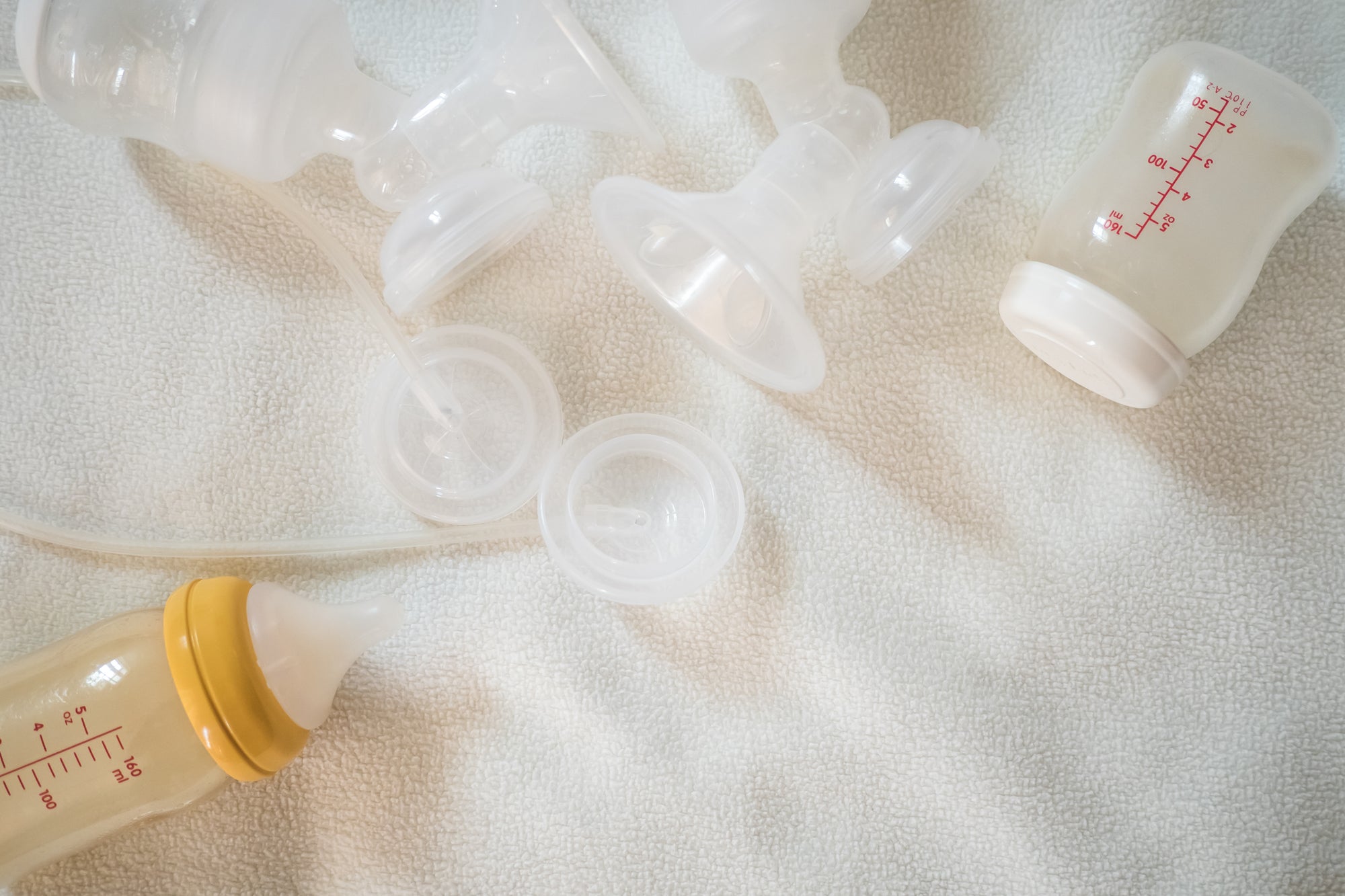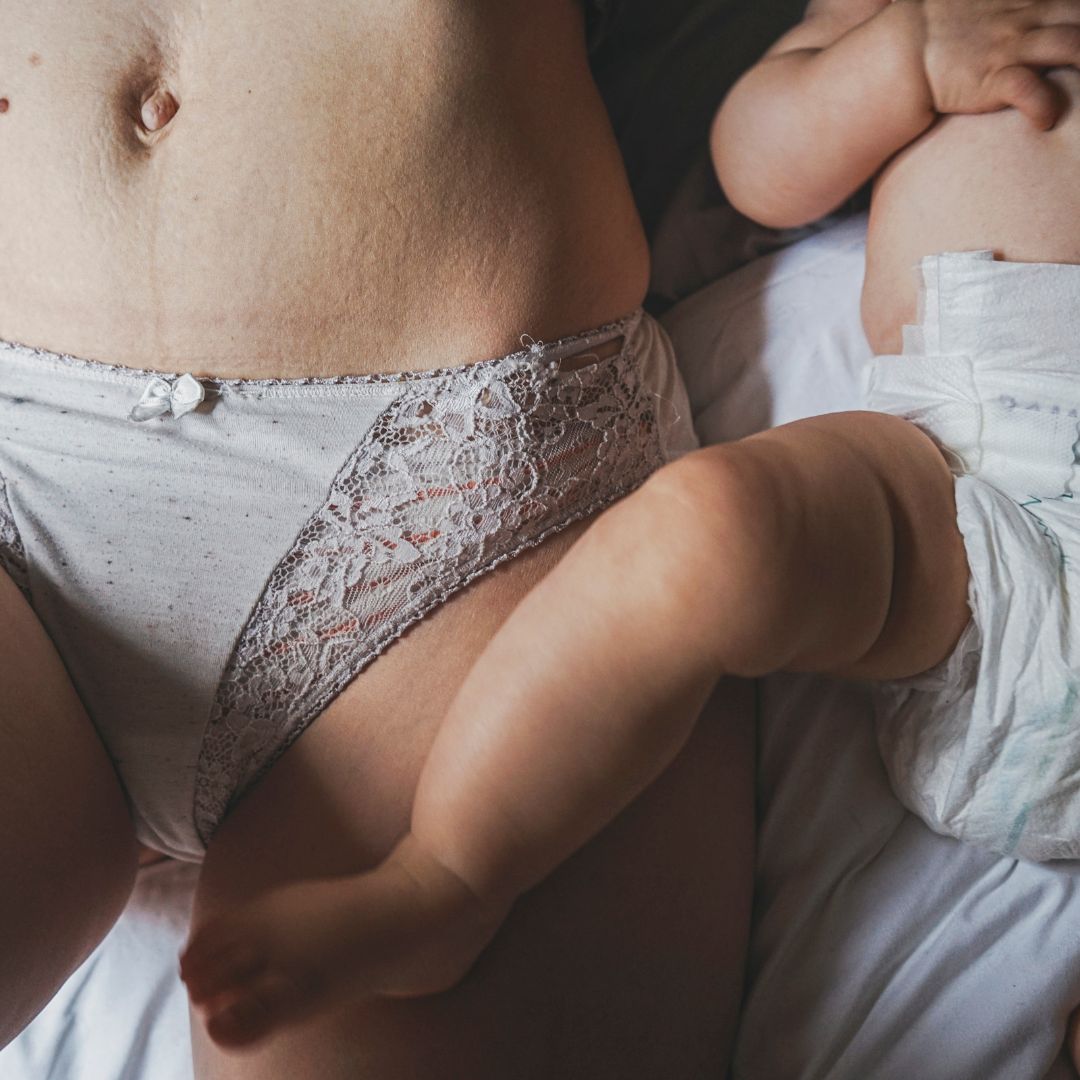

Why Does My Breast Milk Change Color?
"Liquid Gold" is something you'll hear quite a lot if you're on the nursing journey. It refers to the golden hue of breast milk produced by Mom and its golden benefits. However, breast milk can also be a rainbow of colors... say whaaat? We're taking the time to dive into whether giving your child breast milk that isn’t that sought-after golden hue is harmful, what's responsible for that color change and what it means. So, if you’re interested in learning more about this colorful topic, keep reading!
What Do Different Colors of Breast Milk Mean?
Breast milk can range in color from a light yellow to a deep blue-green hue. The majority of breast milk colors are completely normal — the color is a reflection of the composition of the milk! One of our favorite mom-resources, Verywell, even shares that breast milk can change colors mid-feeding. (Seems like a superpower to us!)
Light Yellow or Cream
Liquid gold, baby! This is what we’re used to seeing. This is beneficial for older babies who need more nutrients and calories, as it helps them grow properly and stay healthy. The term 'liquid gold' is also used to refer to the colostrum that mom produces the first few days of breastfeeding.
Green or Blue-Tinged
This typically means that your body is producing foremilk — the thin, watery liquid that is expressed first during feedings — eventually turns a creamy white as the feeding session continues. Foremilk has a blue tint due to the thin nature of the milk without as much fat. The creamy white milk is thicker and contains more 'good' fats for your little one.
Gray-White
This means the milk contains fatty deposits which are nothing to worry about!
Orange, Brown, or Pink
It's common after the first few days of giving birth for blood to appear in breast milk and is referred to as 'rusty pipe syndrome.' Researchers and doctors appear to believe this is because of the growth of milk-making cells postpartum as the body signals 'We need to feed another human.' This tends to go away within seven days.
What Causes Breast Milk to Change Color?
The color of breast milk can vary due to a range of dietary and hormonal factors. Dietary choices such as foods containing beta-carotene or chlorophyll can affect the color of your milk, and if you’re taking any vitamins or supplements, this too can be a factor. Hormones such as prolactin and oxytocin also play a role in determining the color of your milk.
Is it Harmful to Give my Child Breast Milk that Isn't White?
Nope! While it can be alarming to see different colors of breast milk, it doesn’t mean that the milk itself is unsafe or unhealthy for your little one. Breast milk contains vital nutrients and antibodies that help protect your child from infection and disease, regardless of its color.
However you feed your little one: pumping, breastfeeding, formula-feeding or a combination, Lacsnac breast milk-boosting foods can help you one bite, sip, or spoonful at a time. Contact us with any questions at info@lacsnac.com. Moms help each other, it's what we do.
Lactation Love,
Lacsnac
0 comments
-

How to Tackle Your Postpartum Journey
Becoming a new mom is so rewarding but navigating this journey can also come with its challenges. We are here to provide you with pieces of advice for this new journey of postpartum! -

Why am I leaking on my favorite tee? What to know about the 3 Phases Of Milk
Are you wondering why you leaked all over your favorite tee? We are here to tell you why and break down the three phases of milk! Breast milk isn’t just milk, it’s your little one's liquid love! Those #MilkMilestones with your little one is an intimate journey that keeps you bonded for life!
-

Briefcase + Breastpump, it’s back to the office we go!
Planning on heading back to the office after having your little one? We are here to spill the beans, or should we say milk, on the "breast" advice as you navigate the challenges of pumping at the office. We cannot guarantee every day will be the easiest day, but we can guarantee that you got this!



